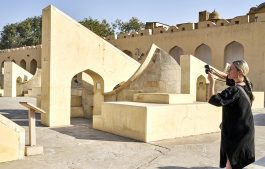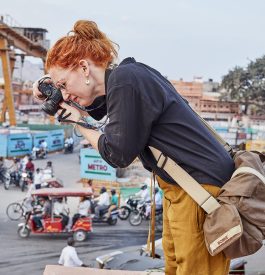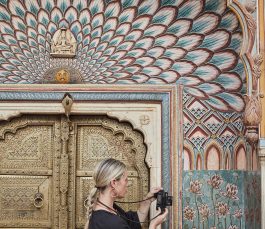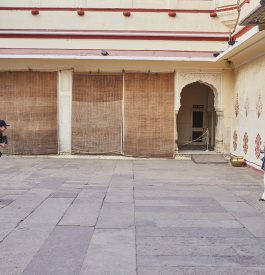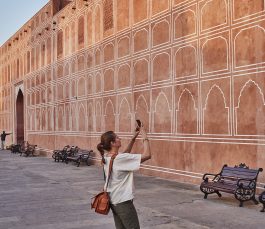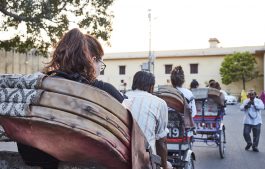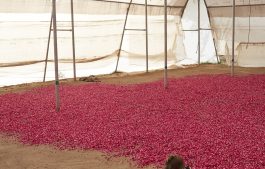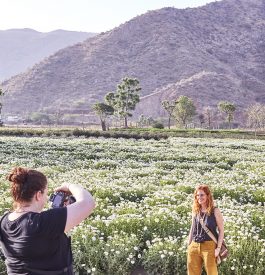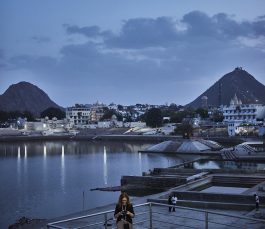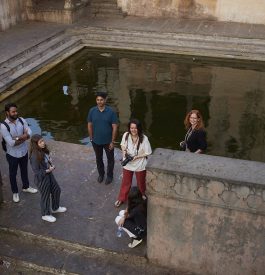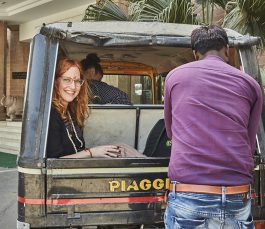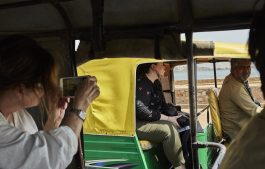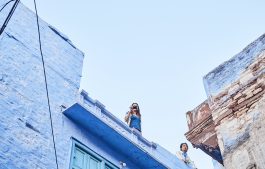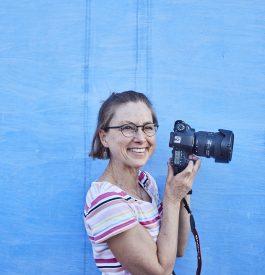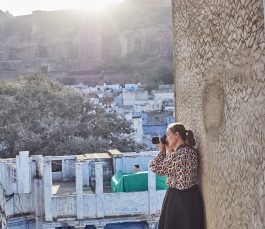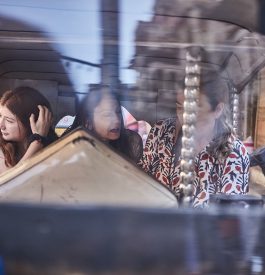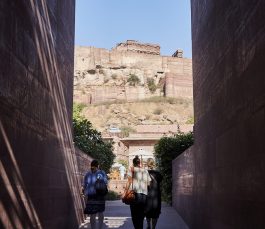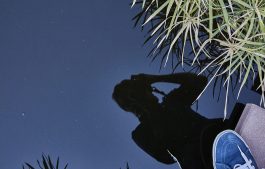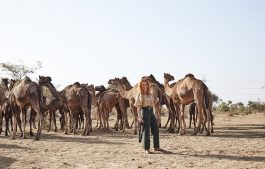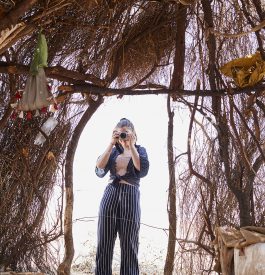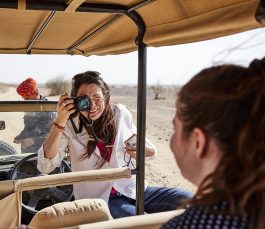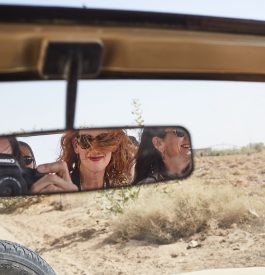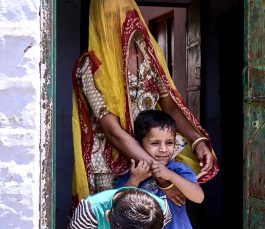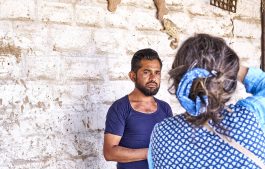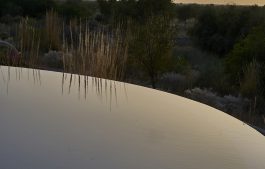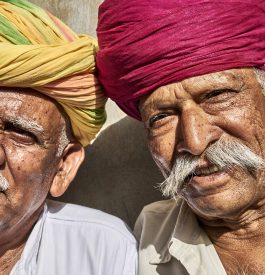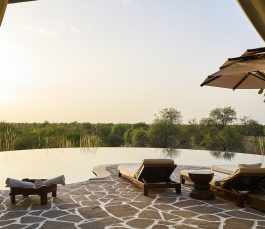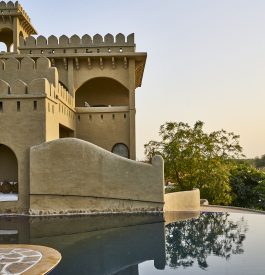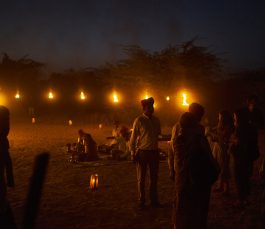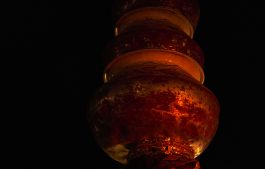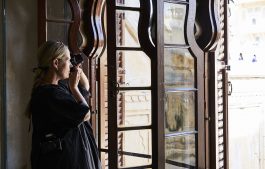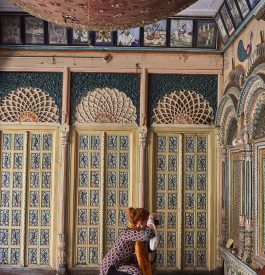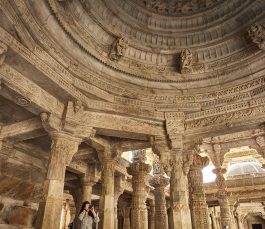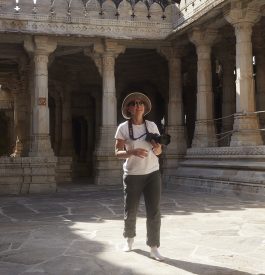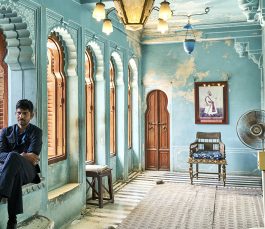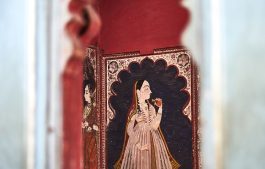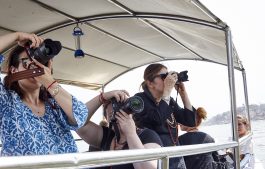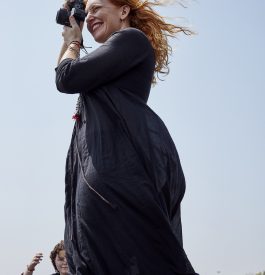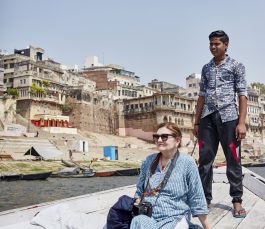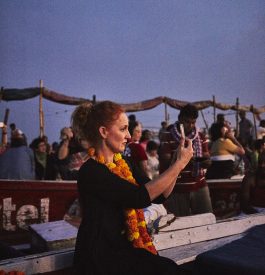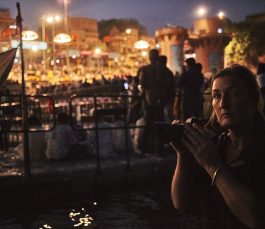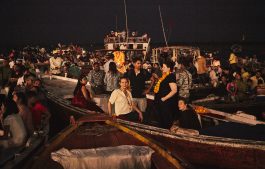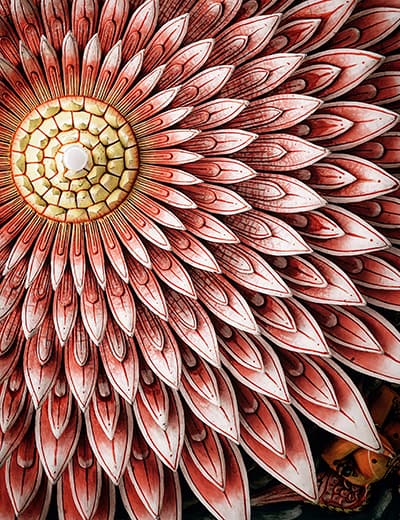
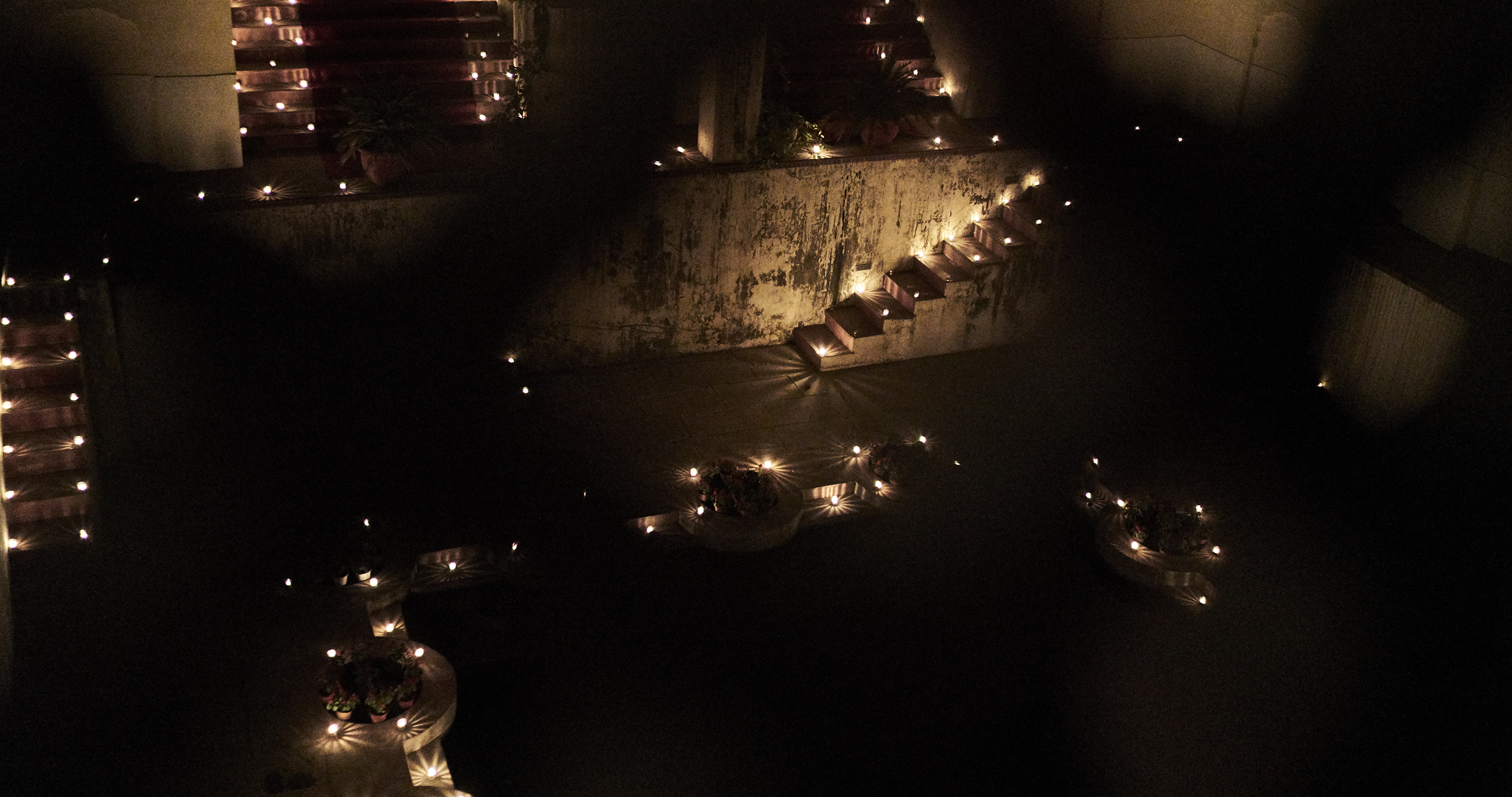
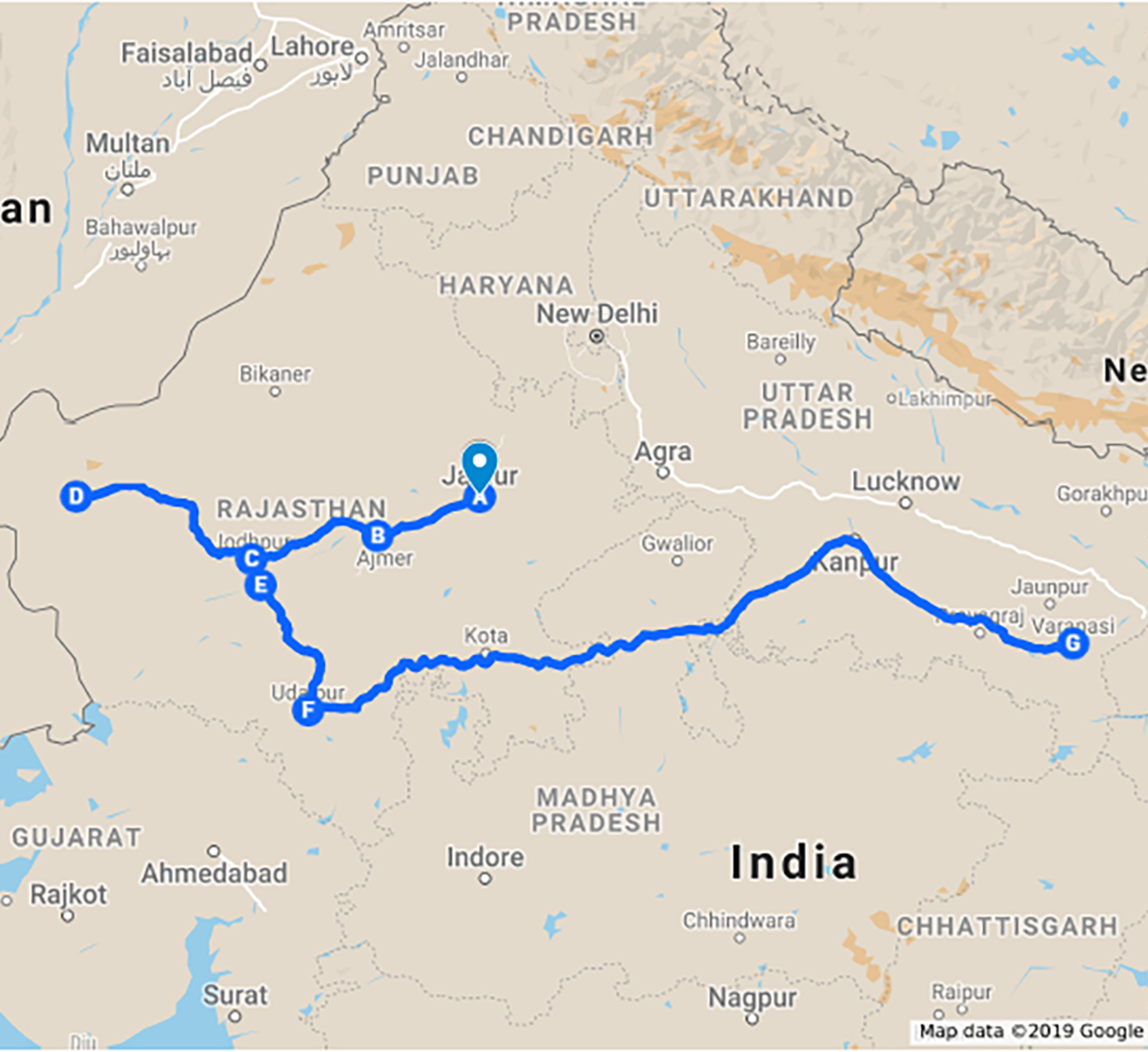
KAMALAN X GENTL & HYERS, MARCH 2018
For one such travelling workshop, kamalan crafted a journey through Rajasthan, with an extension to Varanasi, for a group of ten photographers. Guided by their sensibilities, the duo conducted the group through the multiplicity of colour and texture that India has to offer, resulting in a mélange of perspectives on India.
PROMINENT THEMES
-
Religion & Community
Jaipur
Pushkar
Jodhpur
Jaisalmer
Rohet
Udaipur
Varanasi
Jaipur
Andrea Gentl and Martin Hyers wrote to us early in 2017 to further continue their group tours to India under their label This is the Wanderlust, wanting to organise a workshop for photography enthusiasts with a focus on authentic experiences. We proposed itineraries through Rajasthan, Gujarat, and along the Grand Trunk Road, and after a few discussions, decided to go ahead with Rajasthan, and Varanasi as an extension. Of the 19 people part of the journey, seven chose to pursue ahead to Varanasi. We had started planning in March 2017 and were all set to go exactly a year later.
Our journey began in the capital of Rajasthan, Jaipur, where we started with a visit to the mesmerising Hawa Mahal. Following that, we took a private tour of the City Palace, revelling in its many striking frescoes and magnificently painted halls. Later, we headed to the home of a designer for a photoshoot. In the evening, we all gathered inside the majestic durbar hall of Samode Haveli, our accommodation in Jaipur, for a meet and greet with everyone.
The next morning found us up and about early as we had to hit the 6 am flower and vegetable markets. After photographing the heady chaos of these temporary hubs, we made a quick stop for breakfast back at our hotel. Then, we went to the Galtaji temples, a cluster of ancient Hindu temples which is also the abode of monkeys. The lunch hour saw us dine at Caffé Palladio, a traditional Indian destination with hints of Colonial influence. In the evening, we roamed the streets of Jaipur, shopping and exploring.
Early morning the following day, we headed up to Amber Fort where we conducted a shoot in the morning light. We explored the village of Amber and its many curiosities – like a haveli-turned-museum of blockprinting and a perfectly symmetrical stepwell. In the afternoon, we went to a nearby village where handmade paper is fashioned and textiles created. When evening came, we headed back to the city to witness the Gangaur procession, celebrated in honour of Goddess Gauri. For our last night in this flamboyant city, we went to the Rambagh Palace for dinner.
Pushkar
On the fourth day, we headed off to Pushkar by train. Our guests got off the train to take photographs when the train stopped at a station. Not used to travelling by trains in India, they were wonderfully surprised by a cow who ventured up to the compartment and peered right in when the train had halted. As there is no direct train to Pushkar, we disembarked in Ajmer, and rode tuk tuks to Pushkar, which took us roughly an hour.
Our first activity in Pushkar was to visit this NGO which practices organic dyeing. Run by an Australian lady – whose pet camel occupies a place of pride – and her Indian husband, it was one of the first organisations to enable women empowerment. Our guests conducted a shoot, received photography lessons from Andrea and Martin, and had lunch here. After an afternoon of leisure at the hotel, we went to the famous Brahma Temple in the evening. As photography wasn’t allowed inside, all the equipment had to kept aside in a café, with Ravi as the babysitter. Later, we witnessed the evening aarti, before heading back to our hotel for dinner.
The next morning, we left for the rose fields at 5 am to witness how these fields are cared for by the local women. The source of all the hundreds of flower petals which make their way into so many temples on a daily basis, these fields are largely grown by women. They had a distinct way of tying their hair which was a point of much interest among our guests. After that, we headed to the flower and vegetable markets to immerse in the chaos that gathers every morning. Next, we went to a rose factory, owned by the head of the rose factory union, where our guests spent a good amount of time shooting the many heaps of flower petals piled around the big warehouse.
Jodhpur
Later that same day we drove to Jodhpur. On the way, we had planned on halting for a mid-journey snack as the drive was six hours long, but the place was closed. Instead we stopped for a filling lunch at the village of Pipad, hub of indigo dyeing. Our guests even bought some raw indigo here, and we continued on to Jodhpur.
Once we reached the city, the plan was to witness the sunset from the Mehrangarh Fort, but our local guide suggested an old hotel instead from where to ideally see it, placed at the back of the fort. Then we headed to our hotel, RAAS, for dinner, following which our guests took to editing some of their shots. It turned out that someone had run out of memory cards that night, and we arranged for more.
Early next morning we did the Mehrangarh Fort heritage walk, soaking in the feel of this oasis. We had the opportunity to appreciate the skyline from the terrace of a private house, and then we walked around the city for almost one and a half hours. As we felt rather tired after such an immersive walk first thing, we took tuk tuks back to RAAS, where we gathered for breakfast. Post that, we headed to a nearby village for a demonstration of pottery and dhurrie making. After a drive of about 45 minutes, we had to switch to jeeps as the rough terrain could not accommodate all vehicles. At the village, we went to a house where a couple of our guests tried their hand at making pottery, while the rest found ample opportunities for photography. We visited the head of the organisation which makes dhurries, and our guests bought some as well. Then, we came back to RAAS for a bit of leisure and our last dinner here.
Jaisalmer
The next day, we took the 5.45 am train to Jaisalmer. In order to cut back on the hassle, we had asked them to pack their heavy luggage the night before, for the bags were to be transported by car and the journey takes longer. Our early hour of departure led to a lot of our bunks being occupied by others when we boarded the train. While we reclaimed most of our seats, this stretch of the journey did get tedious as there were no breaks. When the train finally did stop, the station did not have any shops.
On reaching Jaisalmer we had to drive for another 2 hours to reach our retreat, the Serai. The moment we entered, the comforting and hospitable setting made no one want to leave. We cancelled our plans for the evening and enjoyed at the spa instead. After lunch, Andrea wanted to conduct an in-house workshop on still life. Special permission had to be taken for this, and we set up our mobile studio by the swimming pool. Ravi acted as assistant while this took place, holding backdrops, moving props. This went on for a couple of hours, with individual sessions for each of the travellers. Andrea wanted to shop for silver jewellery, she along with a few others then headed to the city for a couple of hours.
The next day, we had planned for this activity called Follow the Herd, which was organised by Serai, involving going to a rural area, interacting with the shepherds, and understanding their lifestyle, all the while providing for ample material. The night before, the management approached us to regretfully inform that the activity couldn’t be done as there weren’t enough camels and shepherds. Through our combined efforts, however, the plan did come into being, and off we headed the next day for a desert safari on jeeps. We found around 50 camels, of which 35 were babies. Ravi, our resident expert, felt that the activity had been exaggerated about – what we experienced felt like it was set up. Even then, we spent a couple of hours there before heading to the city. We had organised for a lunch at Nachna Haveli, following which we went back to Serai. This was a crucial night as half of the people wanted to travel the next day by bus, the other half by train. But after encountering all the problems we did on a train, we were rather reluctant to pursue that option, and ultimately decided to go by the bus/coach.
Rohet
The next morning we left for Rohet, a desert fort near Jodhpur. The drive being long, we reached late in the afternoon, and then relaxed for a couple of hours. Later, we participated in a henna activity, where the focus wasn’t just on photography, but our guests learning about the art. For dinner, we went to Mihir Garh for a special dinner called ‘Shikara’. A fort built on the seamless blend of the state’s opulent traditions and contemporary luxury, we spent some time exploring the place. We couldn’t stay there because of the very few suites this luxury fort has, filled with individualistically handcrafted furnishings, but we still wanted to include the Mihir Garh experience for our guests, so the kamalan team arranged this dinner as a special activity/experience?
Part of the charm of the dinner was that it included a camel ride. The camels took us into the dunes under the moonlight, where we immersed ourselves in vivid performances of folk music and a barbeque for a couple of hours. As that was coming to an end, a passage lit up ahead, leading to a grove of trees previously unnoticed. We walked up there and found a beautiful table laid for dinner, following which we indulged in a hearty meal of Indian cuisine, then headed back to Rohet Garh.
The following day, we visited the Bishnoi tribe, an environmentally conscious local tribe dedicated to the preservation of nature. We met with a family of Bishnois and learnt about their way of life, explored their clean and neatly organised village, and discovered how they have been living in harmony with nature for ages.
Udaipur
The next day we drove to Udaipur via Ranakpur. One of our guests wasn’t up to taking the bus, so we arranged for her to travel by a car, and Ravi accompanied her, while the rest of the group proceeded along with Nitesh in the bus. At Ranakpur, we visited the famous Jain temple, a massive complex of intricately carved pillars. As our guests opted for the audio guides available on sight, our guides hung back and let them explore the temple on their own. A while later, a guard came out to inform them that someone had fallen, and when Ravi and Nitesh rushed inside, they found one of our guests in deep pain. She was taking a photo of a monkey when the monkey advanced towards her, and she took a step back, not realising that she had actually been standing on the edge. Ravi and Martin immediately rushed her to the hospital. She was a nurse and initially kept refusing the medicines the doctors prescribed, but finally decided to take something that would help her. The reports, fortunately, revealed that nothing was wrong. However, the ordeal had been too much for her and she wanted to head back home to New York. As per her insurance, she had the option of emergency evacuation, and when Ravi informed the insurance guys of the situation, they questioned him thoroughly before realising that they couldn’t do the evacuation as nothing was wrong.
The group, on the other hand, had gone to the Leela Palace, where James Bond had eaten (the character in the movie or the actor?). Martin spent half an hour with the group before heading back to the hotel so that Ravi could get some rest. The next day, we headed out on a tour of the massive City Palace complex, while our injured guest retired to our hotel to rest. Her insurance guys, in the meantime, had gotten in touch with us saying that within 48 hours they would organise for an emergency evacuation for her. Our local guide never left her company, in case she was in need of any further assistance. In the evening, we did a walk through the village of Delwara, culminating in the final dinner at RAAS Devigarh. An 18th century palace converted to a luxury stay, we organised a private dinner along with folk musicians to bid a proper goodbye to our beloved guests. Our guests spent some time photographing this blend of Rajputana royalty and contemporary grandeur, for which we had to acquire special permission as photography is generally prohibited at the palace. We ended the greater part of this long and eventful journey with a magnificent dinner up on the rooftop.
The following morning, the remainder of the group proceeded on to Varanasi, while our local guide stayed with our injured guest until she could depart the country.
Varanasi
On way to Varanasi via Delhi, Surbhi joined the group. We landed in Varanasi late at night. Our hotel, Brijrama Palace, was accessible by boat, and we crossed the holy river under the moonlight. The hotel arranges for special dinners atop their terrace, but since it was already close to midnight by the time we reached, we had a quick dinner and retired for the night.
Everyone wanted to sleep in the next morning. Martin, however, wanted to go out and shoot, so he rose at sunrise to capture the ancient city in the early hours. After breakfast, we met with Jeremy, a foreigner who has been living in Varanasi for a quite a while and now conducts walks. He showed us around Varanasi, and our guests were quite excited to encounter the numerous temples, winding alleys, busy ghats, and colourful markets. We went back to Brijrama Palace for lunch, then we went for a temple walk, led by another guy from Varanasi Walks, Jeremy’s venture. Lilian, one of our guests, started listening to some old man and following him, and ended up lost in the city. Luckily, she found her way back to the hotel. In the evening, we went for the aarti on boat, which offers a panoramic view of the ghats. They wanted to head closer though, so we went to the ghats to take more shots. Unfortunately, there was a sandstorm, and we had no choice but to head back to Brijrama. A little overwhelmed by Varanasi on that first day, we just relaxed in the hotel later that evening.
Once again Martin went out for a sunrise shoot the following morning on the boat. After breakfast, everyone else also joined him. At some point, Martin and Dheeraj disembarked and walked the entire way, while the rest of the group returned to Brijrama. After lunch, we went to Loom to Luxury, a weaving centre (?) on the outskirts of Varanasi. Our guests found ample opportunity for pictures of weaving and village life. That evening in Varanasi, everyone disbanded and covered the city on foot. For the final dinner, we headed back to Varanasi, where once again the sandstorm stopped us from having dinner on the terrace.
On the last morning, we visited the flower and vegetable markets of early morning Varanasi, then left for the airport to head back to Delhi, and then home.

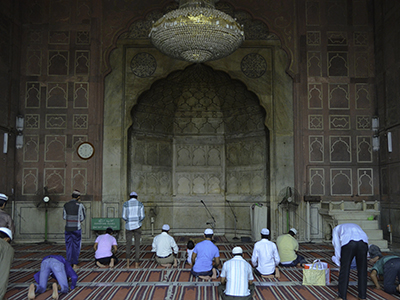
Drops of the Same River
This journey takes one across the different states in North India, offering a gentle immersion into the many religions that shape the life of its people...
Bespoke Journey • North India
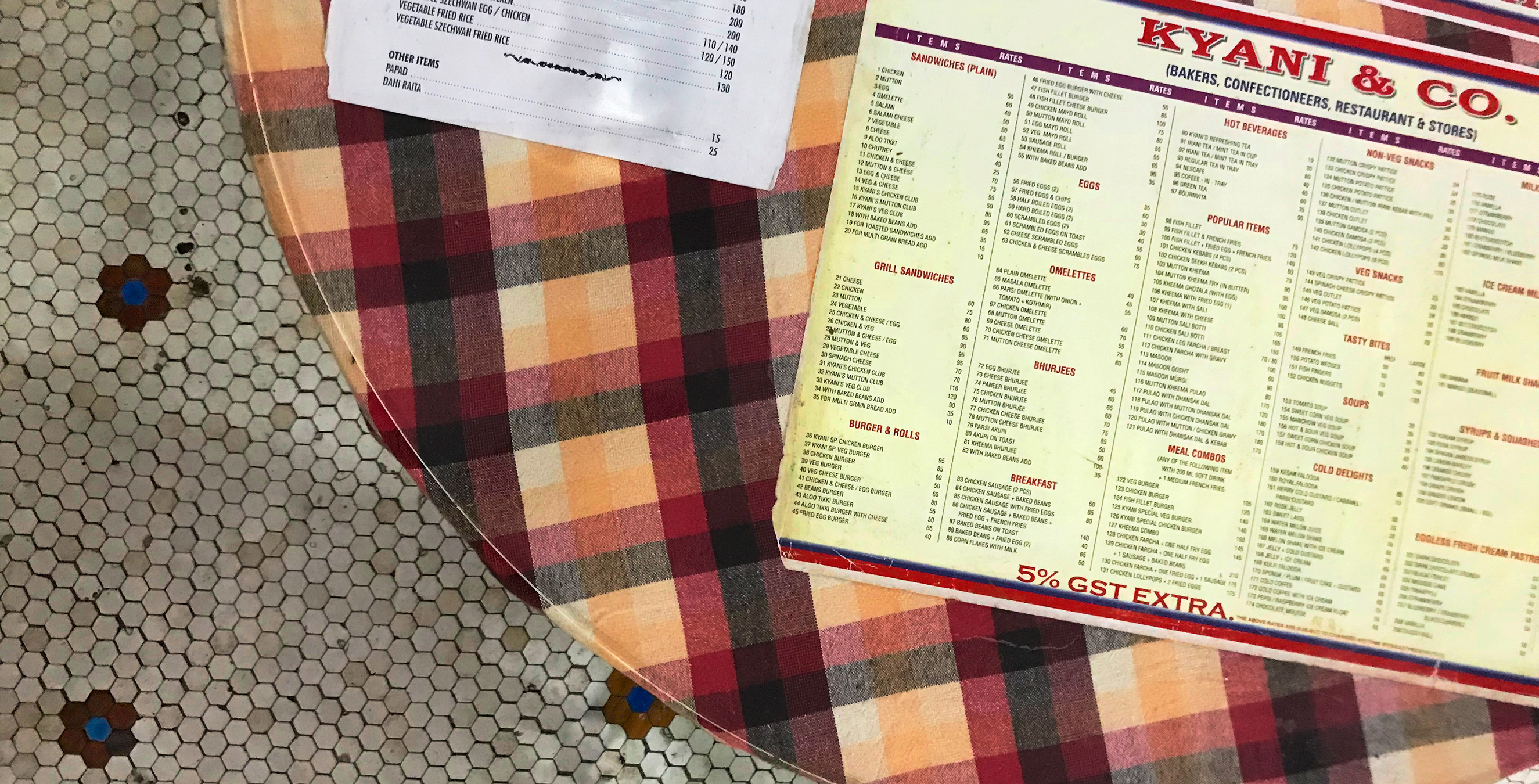
An Old-World Luminescence
Get a glimpse of the unique cuisine of the Parsi community, documented through the waning Parsi cafes that were once an integral part...
Behind-The-Scenes • West India
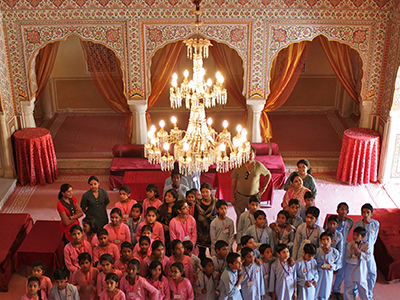
Easter Celebrations at a Palace
It is a joyous and beautiful day, the children of the Tushita Foundation have been invited by the owner of Samode Hotels...
Narrative • North India
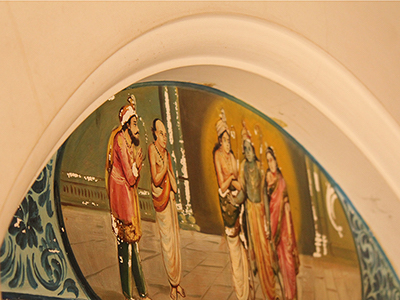
A Recovered Beauty
It was early morning when Lizzy and I left Madurai for a destination we both knew nothing about. Mrs. Meenakshi Meiyappan...
Narrative • South India
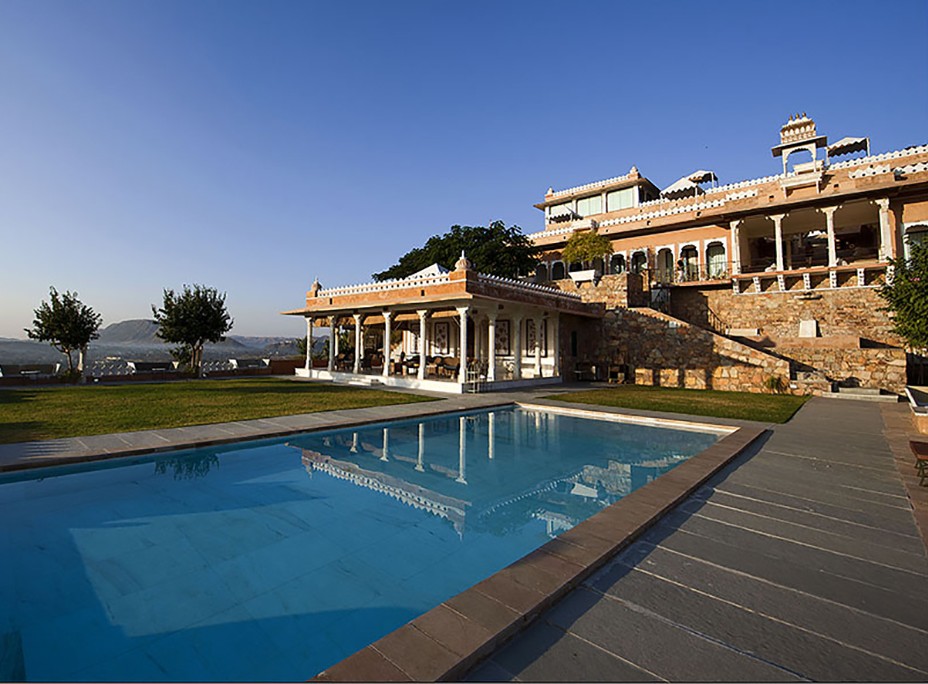
Fateh Garh
A luxury boutique hotel perched on the edge of the Aravalli hills that run through the city of lakes...
Hotel Guide • North India
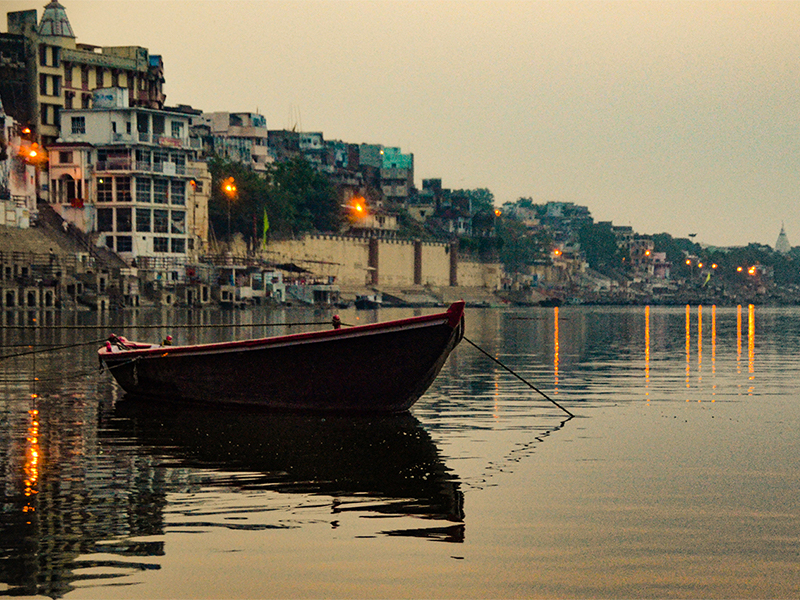
Daughter of the Mountains
A journey along the cities of the Indo-Gangetic Plains exploring the ways of life of its people as shaped by the river Ganges...
Bespoke Journey • North India


